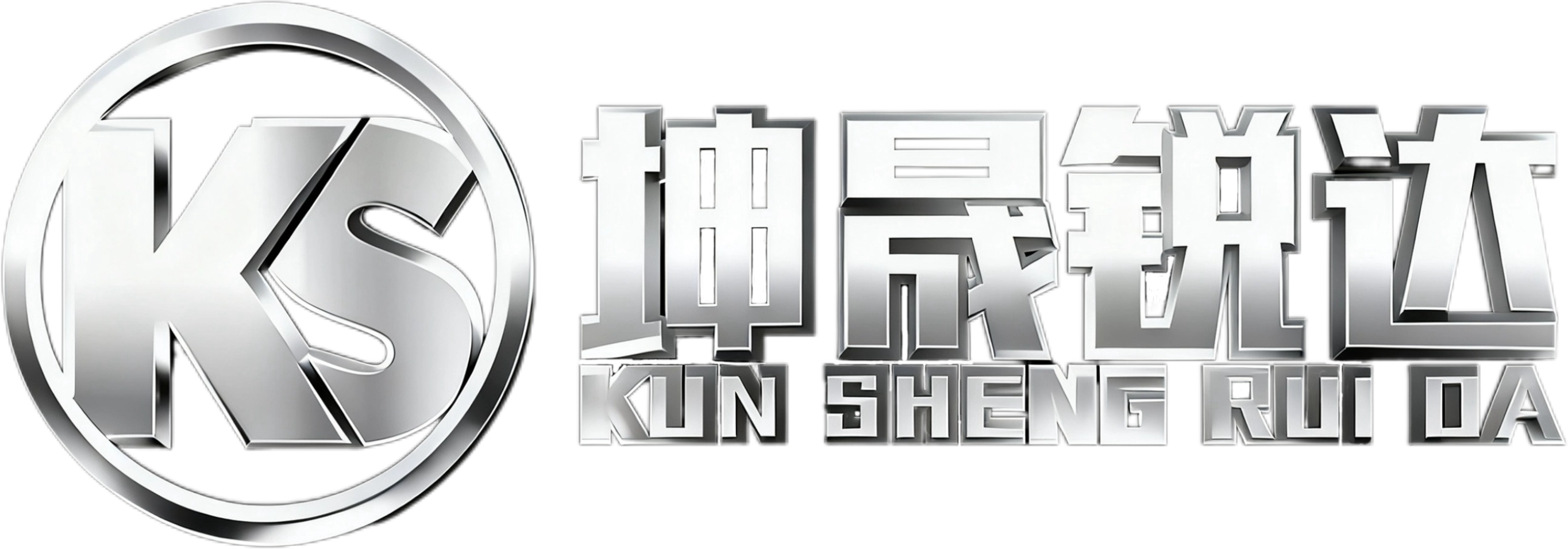Figure-8 rib forming machine
The figure-8 rebar rolling machine is a specialized rebar processing equipment for underground engineering projects such as tunnels, subways, and high-speed railways. Its core function is the precise forming of figure-8 connecting bars for lattice arch frames.

The figure-8 rebar rolling machine is a specialized rebar processing equipment for underground engineering projects such as tunnels, subways, and high-speed railways. Its core function is the precise forming of figure-8 connecting bars for lattice arch frames. The equipment employs a hydraulic drive + double-cylinder synchronous transmission structure, coupled with custom-made molds made of high-wear-resistant alloy steel. The machine body is integrally welded from high-strength steel and undergoes aging treatment to effectively eliminate internal stress and ensure long-term operational stability. During processing, round steel or threaded steel with specifications of Φ12-20mm is fed into the guiding and positioning mechanism. After startup, the double cylinders work together to advance the mold, pressing it into a figure-8 shape in one pass, eliminating the need for the multiple processes of "bending, welding, and trimming" required in traditional processing. It is suitable for steel with strength grades of HRB400 and below, with forming errors strictly controlled within ±1mm, ensuring uniform stress distribution at lattice arch frame connection nodes. As a key processing equipment for the initial support system of tunnels, it solves the industry pain points of low efficiency, poor precision, and insufficient consistency in manual processing, providing an efficient solution for standardized construction and safe support in underground engineering.
Features
1. High Efficiency in One-Step Molding: Replaces traditional multi-process processing, molding cycle is 15-20 seconds per piece, with a production capacity of 300-500 pieces in 8 hours, 5 times more efficient than manual labor.
2. Dual-Cylinder Synchronous Precision: Left and right hydraulic cylinders work in tandem, bending error ≤ ±1mm, resulting in uniform finished product dimensions and meeting engineering standardization requirements.
3. Significantly Reduced Labor and Labor Costs: Mechanized operation replaces manual bending, allowing for single-person operation and reducing labor input by 60%.
4. Significant Cost Advantages: Integrates multiple process functions, saving 60% on equipment investment compared to traditional combined equipment, with low energy consumption and durable molds.
5. Simple and Easy to Learn Operation: Foot switch + simple button control, new workers can learn in 1 hour; CNC models support parameter presets and one-button start.
6. Comprehensive Safety Protection: Equipped with a fully enclosed protective cover and emergency stop system to prevent injury from steel bar rebound; the electrical system has overload protection.
7. Wide Range of Applications: Primarily designed for tunnel grating arch frame processing, suitable for underground engineering projects such as highway tunnels, subways, and water conservancy tunnels.
8. Stable and Durable Structure: The machine body is constructed from high-strength steel through integral welding and undergoes aging treatment, resulting in strong resistance to deformation and a low failure rate during long-term operation.
- Hydraulic Guillotine Shearing Machine Previous :
- Rebar upsetting machine Next :







